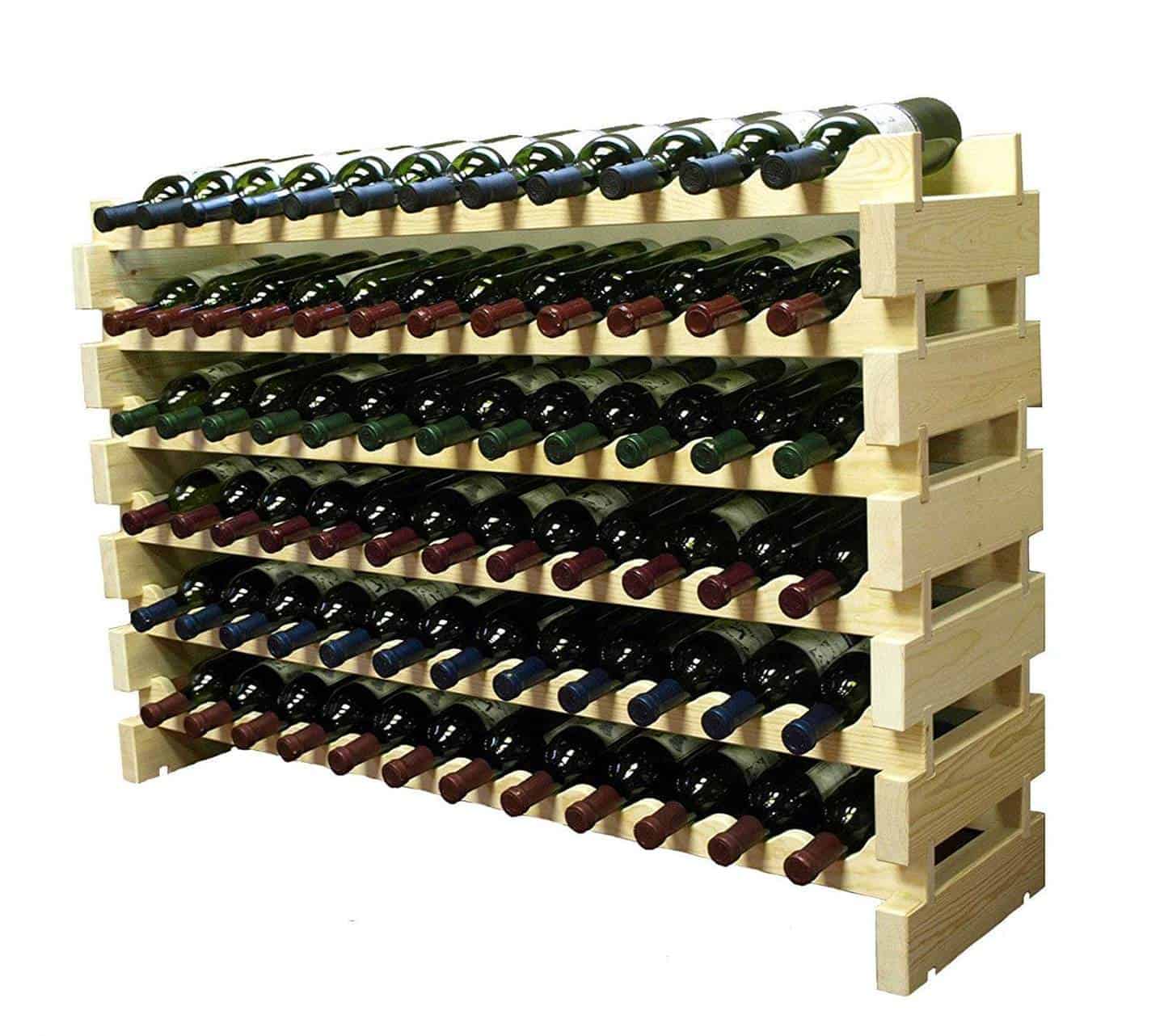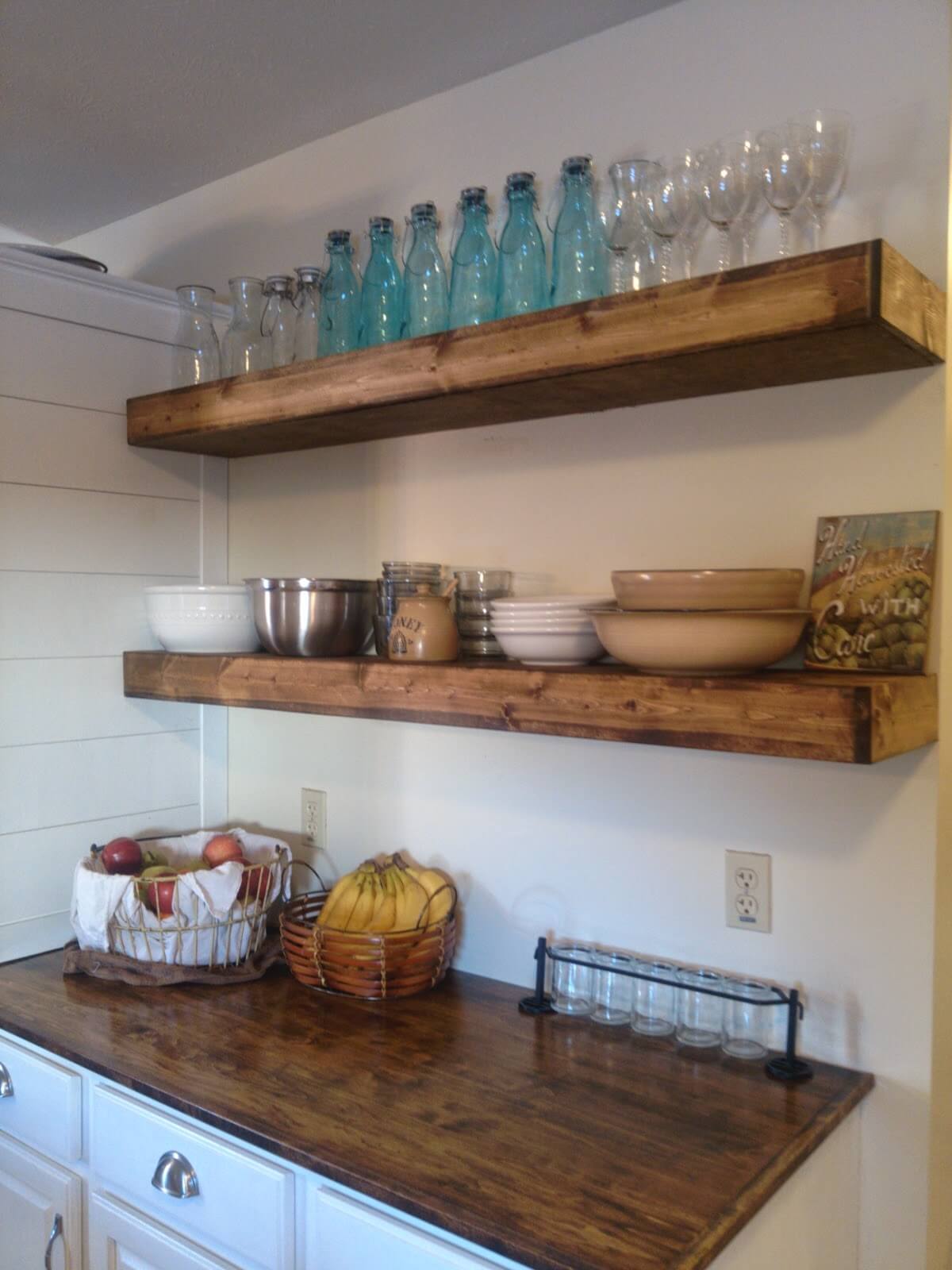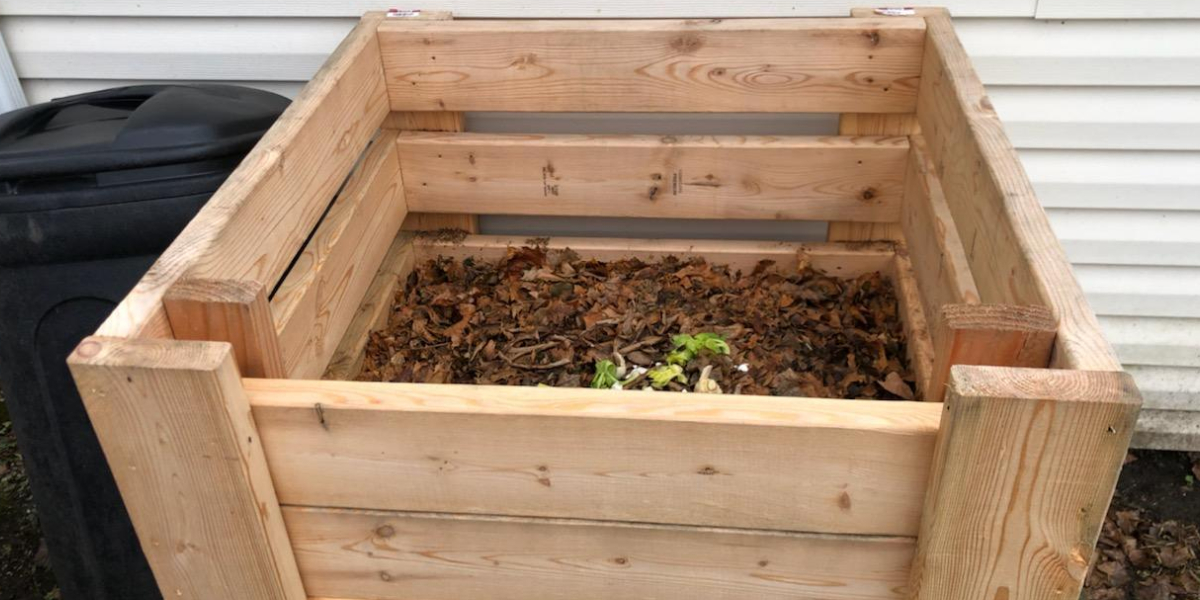
Wooden Bird Feeders That Will Appeal to Eco-Friendly Buyers
In a world increasingly conscious of environmental impact, eco-friendly choices are becoming more than just a trend; they are a necessity. Bird feeders, a beloved staple in many gardens, are no exception. As consumers seek sustainable options, wooden bird feeders are gaining popularity, offering a natural and aesthetically pleasing alternative to plastic feeders. This article delves into the reasons why wooden bird feeders are gaining traction among eco-conscious buyers, exploring their environmental benefits and the key factors to consider when making a purchase.
The Growing Demand for Sustainable Bird Feeders
The demand for sustainable bird feeders stems from a growing awareness of the environmental impact of plastic waste. Plastic bird feeders, while often durable and affordable, can take hundreds of years to decompose, contributing to land pollution and harming wildlife. Consumers are increasingly opting for products that align with their values, choosing materials that are renewable, biodegradable, and minimally processed. This shift in consumer preferences is driving the popularity of wooden bird feeders, which offer a more environmentally responsible alternative.
Benefits of Wooden Bird Feeders for Eco-Conscious Buyers
Wooden bird feeders hold a significant appeal for eco-friendly buyers due to their inherent sustainability and environmental benefits. Here's a closer look at why these feeders are a better choice for the planet:
1. Renewable and Biodegradable Materials
Wood, a renewable resource, is the cornerstone of these feeders. Unlike plastic, which is derived from fossil fuels, wood is naturally replenished through responsible forestry practices. Additionally, wood is biodegradable, breaking down naturally over time, minimizing its impact on the environment. This makes wooden bird feeders a far more eco-conscious choice compared to plastic feeders.
2. Reduced Plastic Waste
By opting for wooden feeders, buyers actively contribute to reducing plastic waste. This minimizes the burden on landfills and the negative impacts of plastic on ecosystems and wildlife.
3. Natural Beauty and Integration with Gardens
Wooden bird feeders seamlessly blend into the natural environment, adding a touch of rustic charm to any garden. The warm tones and textures of wood complement surrounding greenery, enhancing the aesthetic appeal of outdoor spaces. This natural integration creates a harmonious setting for both birds and homeowners.
4. Support for Sustainable Forestry Practices
The growing demand for wooden bird feeders can incentivize sustainable forestry practices. When purchasing wooden feeders, it's essential to choose products made from responsibly sourced wood. Look for certifications like FSC (Forest Stewardship Council) or PEFC (Programme for the Endorsement of Forest Certification) to ensure that the wood comes from forests managed sustainably.
Key Factors to Consider When Choosing a Wooden Bird Feeder
While the benefits of wooden bird feeders are clear, there are some important factors to consider before making a purchase:
1. Wood Type and Durability
Different wood types offer varying levels of durability and resistance to weathering. Some popular choices include cedar, redwood, and pressure-treated pine. Cedar and redwood are naturally resistant to rot and insects, making them excellent choices for outdoor applications. Pressure-treated pine, while less naturally resistant, can be treated with preservatives for added longevity. The specific needs and preferences of the buyer will determine the best wood choice.
2. Construction Quality and Design
Choose feeders with sturdy construction, well-joined components, and durable finishes. A well-built feeder will withstand the elements and provide long-lasting enjoyment. The design of the feeder should also consider the needs of the birds, providing easy access to food and safe perching areas. A design that prevents squirrels from accessing the food is also essential.
3. Maintenance and Cleaning
While wooden feeders are naturally beautiful, they require regular maintenance to keep them in good condition. Cleaning and waterproofing the feeder regularly will prolong its lifespan. Using natural cleaning products and biodegradable paints or stains can further minimize the environmental impact of the feeder.
4. Local Craftsmanship and Support for Small Businesses
Consider supporting local craftspeople and small businesses that specialize in making wooden bird feeders. This not only fosters sustainable practices but also strengthens local economies.
Conclusion: A Greener Choice for Bird Lovers
Wooden bird feeders offer a compelling alternative to plastic feeders, aligning with the increasing demand for eco-friendly products. Their renewable materials, reduced plastic waste, natural aesthetics, and potential for supporting sustainable forestry practices make them a responsible choice for environmentally conscious buyers. By considering key factors such as wood type, construction quality, and maintenance practices, buyers can select wooden bird feeders that will provide years of enjoyment while minimizing their environmental impact.













